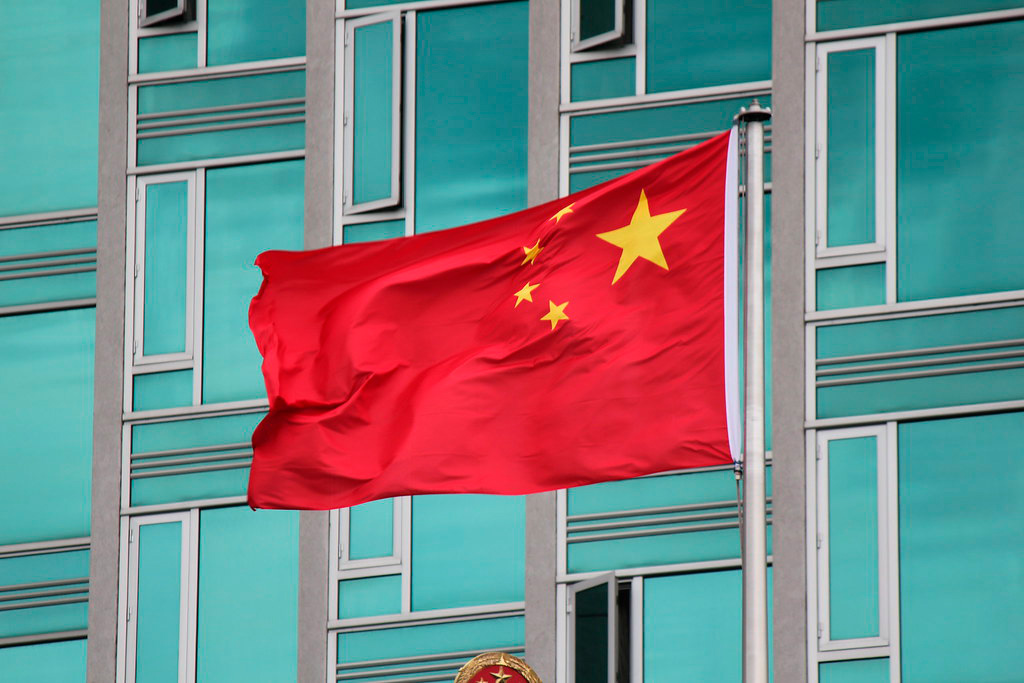China’s actions in Tibet have been a source of significant controversy and concern. The Chinese government has been accused of systematically undermining Tibetan culture, religion, and identity. This includes policies aimed at Sinicizing Tibetan Buddhism, restricting religious practices, and promoting the Chinese language over Tibetan.
The Central Tibetan Administration has highlighted these issues, noting the severe restrictions on basic freedoms and the aggressive policies of Sinicization, particularly targeting Tibetan children and educational institutions. These actions are seen as efforts to erase Tibetan cultural heritage and assimilate Tibetans into the broader Chinese identity.
China has been actively involved in the promotion of Buddhist relics, both domestically and internationally. This includes hosting exhibitions, sending relics on tours through Asian countries, and cultivating relationships with Buddhist leaders. These efforts are part of China’s broader strategy to use Buddhist ties to forge closer social and cultural linkages.
But what is troublesome about these exhibitions are the accusations and controversies surrounding the authenticity of certain relics, including claims that China has showcased fake relics.
For instance on December 4, 2024 a relic of the Buddha was lent by China to a shrine in the Thai capital Bangkok to celebrate half a century of diplomatic relations between Thailand and China. The tooth relic, considered sacred by Buddhists, was flown in earlier in the day from the Lingguang Temple in Beijing, which normally houses it. Loans of the tooth as a show of friendship have been an effective form of soft diplomacy by China, even though competing claims from various countries on possessing the Buddha’s tooth raise questions about its provenance. Tibetan community and cultural heritage advocates have alleged that some of the artifacts displayed as “cultural relics” are not authentic and have been reconstructed or commercialized, undermining the true heritage of Tibet.
There was international concern over reports about the Chinese-appointed 11th Panchen Lama, Gyaincain Norbu, attempting to visit Lumbini, Nepal on May 16, 2022 to coincide his visit with the celebration of Buddha Purnima at the birthplace of Gautam Buddha. This visit was seen by many as an effort to gain legitimacy and recognition among Buddhist followers, especially during the celebration of Buddha Purnima. More importantly, Tibetans and supporters of the Dalai Lama do not recognize Gyaincain Norbu as the legitimate Panchen Lama. The situation drew attention from various international observers and has been viewed as a political move by China to assert its influence over Tibetan Buddhism.
China appointed the 11th Panchen Lama, Gyaincain Norbu, in 1995 following the death of the 10th Panchen Lama. This move was highly controversial and driven by political motives. The traditional process of identifying the Panchen Lama involves the Dalai Lama and Tibetan spiritual leaders, but China wanted to assert its authority and control over the selection process.
The Chinese government abducted the boy recognized by the Dalai Lama, Gedhun Choekyi Nyima, and his family, and he has not been seen since. By appointing Gyaincain Norbu, China aimed to legitimize its rule over Tibet and undermine the Dalai Lama’s influence
Since the iconic Potala Palace and other significant buildings were recognized as UNESCO World Heritage in 1994, 2000, and 2001, termed by UNESCO as the ‘Potala Palace Historic Ensemble’, dozens of historic buildings have been demolished in Tibet’s ancient capital and the cityscape transformed by rapid urbanisation and infrastructure construction in accordance with China’s strategic and economic objectives. According to Bhuchung Tsering, Vice President of the International Campaign for Tibet, “Lhasa – the name means ‘Place of the Gods’ – was the center of Tibetan Buddhism, a city of pilgrimage, a cosmopolitan locus of Tibetan civilization, language and culture. In a travesty of conservation, ancient buildings have been demolished and ‘reconstructed’ as fakes – characterized by China as ‘authentic replicas’ – and emblematic of the commercialization of Tibetan culture.”
In 2019, a museum in the southwestern city of Chongqing, China was accused of exhibiting counterfeit artifacts. The museum boasted that it contained over 400 pieces of ancient artwork, including Buddha statues, jade carvings, and bronzeware. However it was found that the museum had not been appraised by art experts. Historians who visited the museum noticed historical discrepancies in some of the Tibetan pieces.
This was not the first time a Chinese museum had faced accusations of exhibiting counterfeit items. A top Chinese art institute in Beijing was mired in controversy for deciding to exhibit reproductions of the famed artist Leonardo da Vinci’s paintings, while Japanese artists Yayoi Kusama and Takashi Murakami threatened to sue Chinese exhibitors for displaying fake artwork under their names.
Furthermore, China is known to use archaeological discoveries in territories like Tibet and East Turkestan (Xinjiang) to create false narratives to contend that they represent evidence that they were part of it since ancient times, to the consternation of recognized experts in the field. In September 2024, China said it had discovered more than 300 cultural relic sites in Tibet Autonomous Region (TAR).
Beijing is particularly wary of Buddhists, and has jailed Tibetan monks and nuns. In its attempt to exert control over religion in the restive Himalayan region, it has announced that all religious artifacts in places of worship in Tibet belong to the Chinese state. China has run Tibet with an iron fist since People’s Liberation Army troops occupied it in 1950. Tibetans who dare to protest or demand greater freedoms are often imprisoned and may be tortured. Rules also stipulate that all explanatory signs at cultural sites such as tombs, grottos and cave paintings must be in Tibetan as well as Chinese.
Lately, the Chinese media is increasingly beginning to refer to Tibet as ‘Xizang’, days after Beijing in its continued efforts to assert wider control over the western region of the country issued its December 2023 white paper titled “CPC Policies on the Governance of Xizang in the New Era: Approach and Achievements”, which outlines developments in Tibet since President Xi Jinping took power in 2012. The name change reflects Beijing’s emphasis on the sovereignty of Tibet and its efforts to exercise “discourse power.”
The “Sinicization of Tibetan Buddhism” involves swamping the true Buddhist practices and beliefs with Chinese cultural and linguistic elements. The Chinese government has been systematically undermining Tibetan Buddhism through various measures. These include imposing politically motivated regulations on Tibetan Buddhism, such as the regulation of the reincarnation of lamas, and enforcing policies that aim to Sinicize Tibetan culture.
Finally it must be understood that the primary purpose of sacred Tibetan Buddhist artefacts and objects is as a ‘support for practice’. Sacred images represent the embodiment of the Buddhas, deities and masters and, once consecrated by lamas, have the power to confer blessings. Tibetan Buddhists consider sacred images primarily as ‘supports’ or ‘receptacles’ (tib. rten) of the deities, and for this reason are ‘the most revered Buddhist objects of devotion’
By showcasing relics and propped up Panchen Lama, atheist China cannot claim legacy of Buddhism unless it actually respects the religion and let the Buddhists freedom to profess it the way they want. Till then it will only be a fake attempt to claim Tibet, Buddhism and Buddha.

